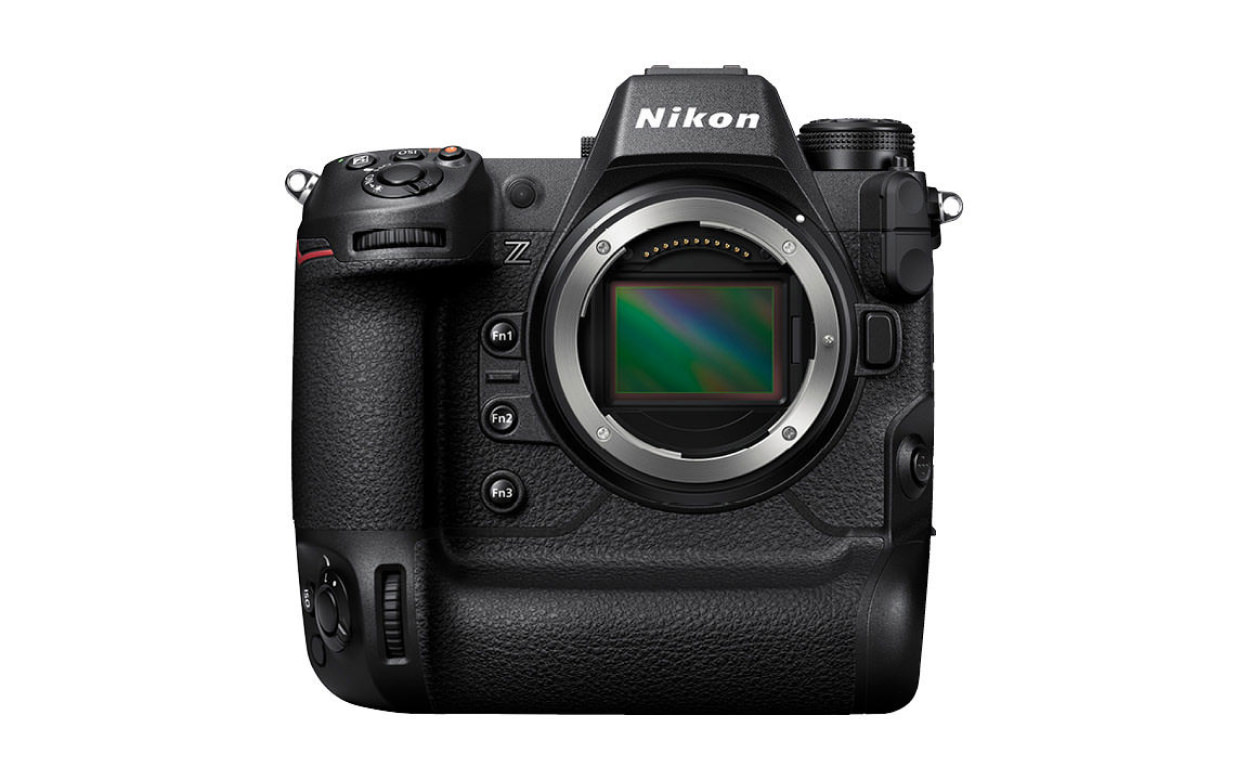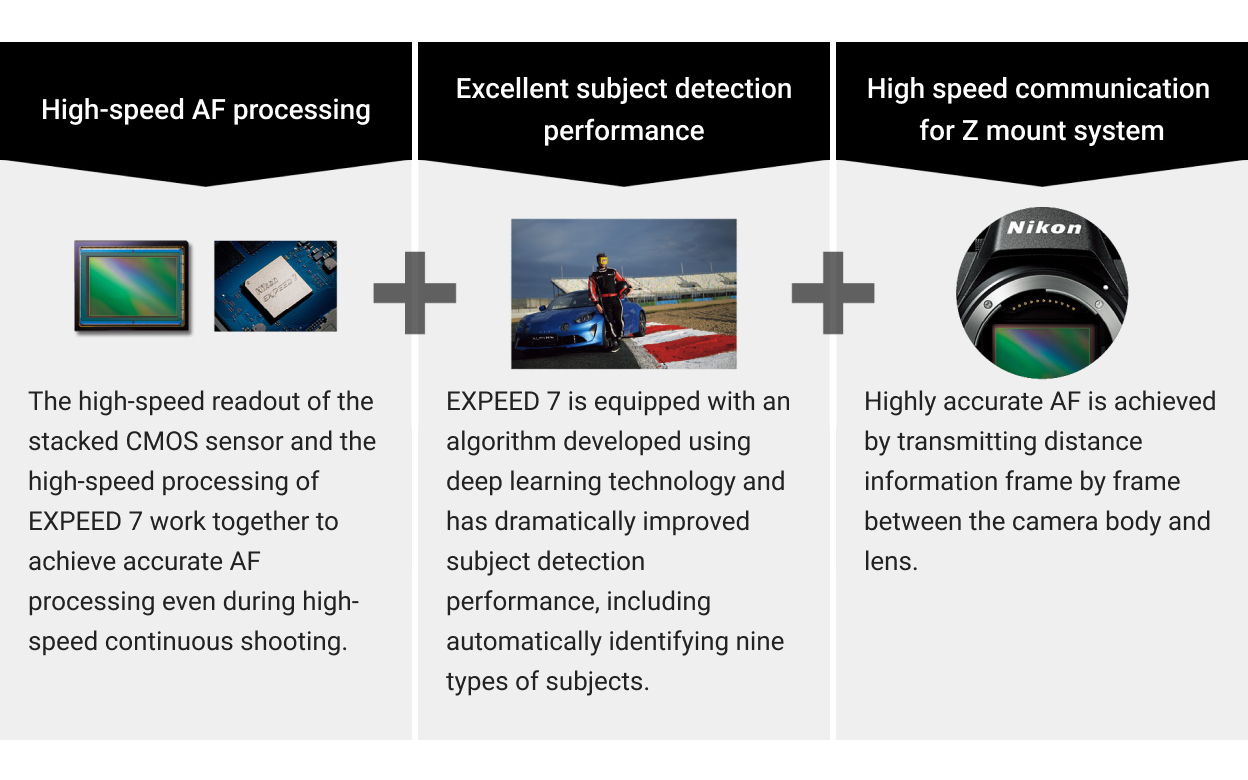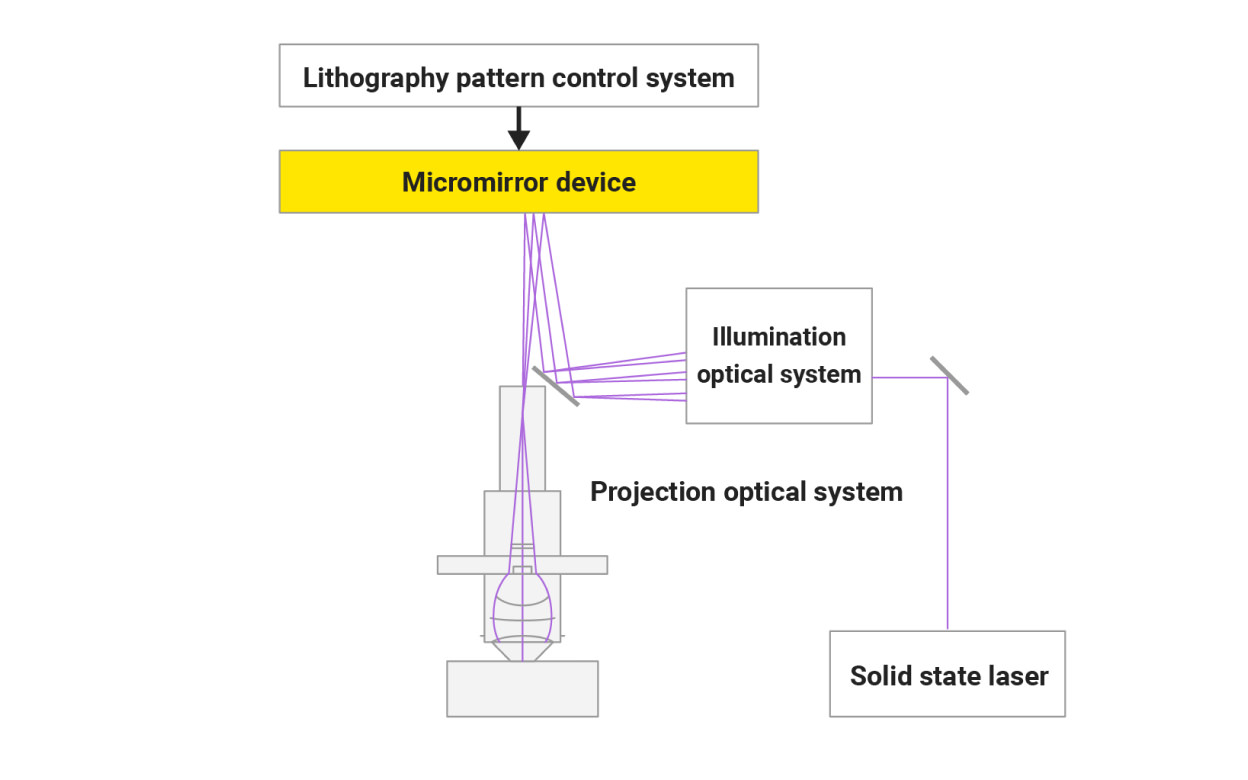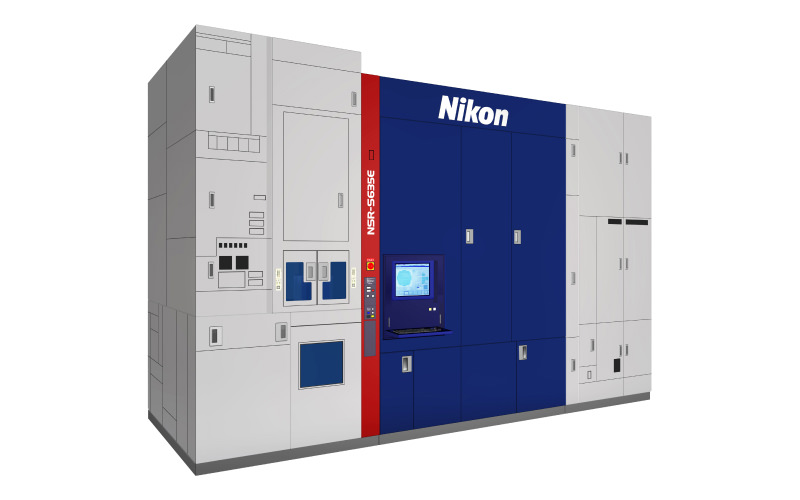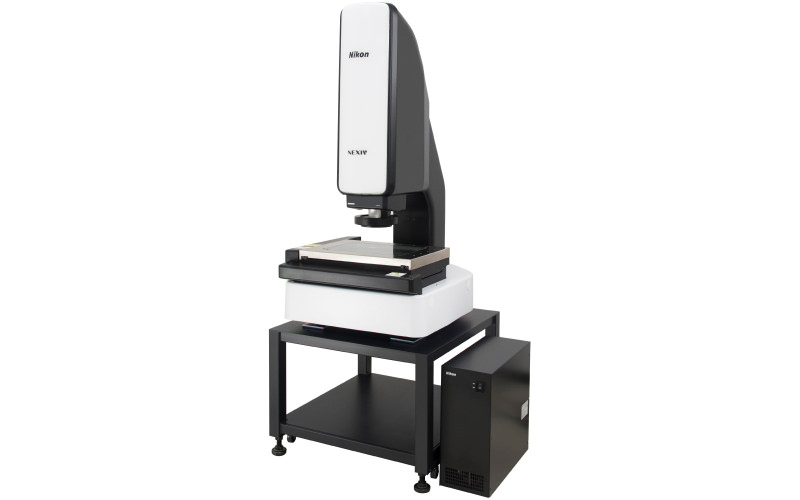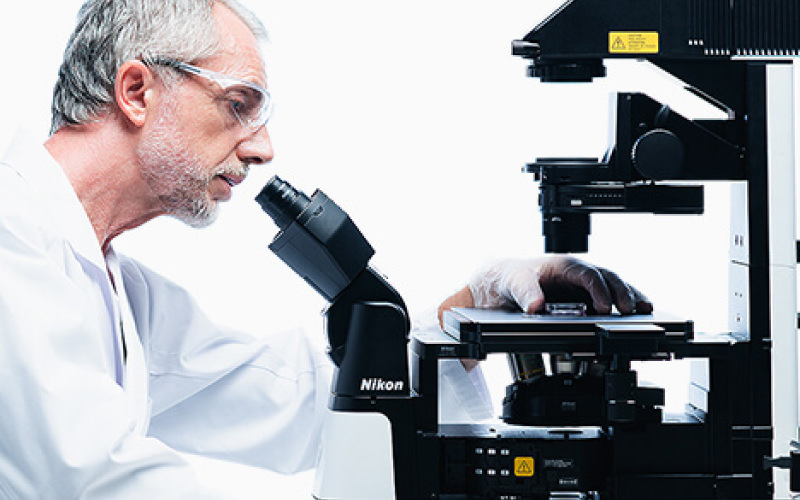AF System
Technology Overview
The autofocus (AF) system, which automatically focuses on the subject, not only simplifies focusing for cameras but also enables precise automatic measurements in industrial applications.
The AF (autofocus) system detects the subject to be photographed, determines the distance to it, and adjusts the optical system accordingly. There are two methods for determining distance: one detects the lens position where focus is achieved from the image obtained through the imaging lens, and the other measures the distance to the subject using laser light.
The former includes a contrast method that uses the output of the image sensor to adjust the lens for increased image contrast, and a phase difference detection method that splits the incoming light into two, detecting the correct lens position based on the misalignment between the two resulting images.
Click to enlarge
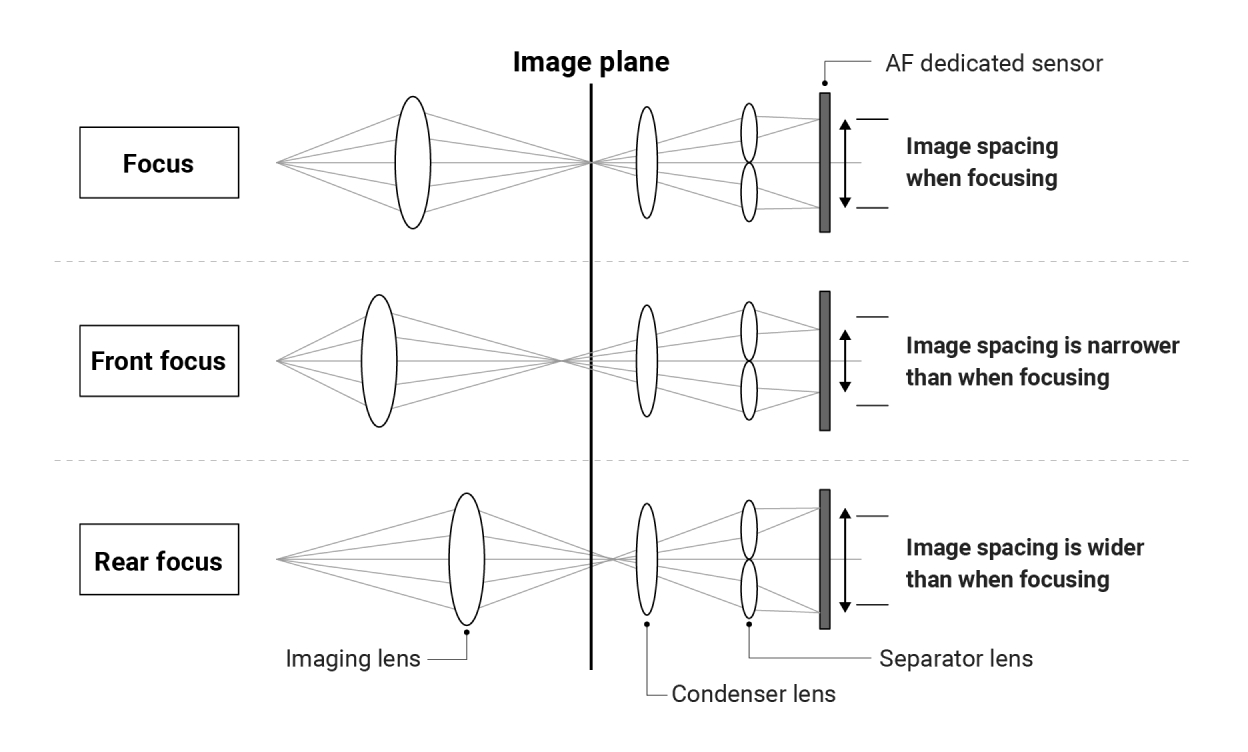
Cameras need high-speed, highly accurate calculation processing and lens control (drive/stop) to quickly capture a subject under various conditions and continue to maintain focus even if the subject moves in any direction. AF system is installed not only in cameras but also in various instruments such as lithography systems, Video Measuring Systems, and surveying instruments. Each device must achieve the desired accuracy, focusing speed, and other requirements under different constraints.
Technology Application Examples
Camera Z 9
The Z 9's powerful AF is the seamless union of three technologies: an unprecedented AF calculation speed of 120 cycles per second, intelligent subject detection developed using deep learning, and rapid, constant communication of AF information between the lens and camera body via the Z mount. These technologies combine to perform a higher level of AF tracking performance for erratically moving subjects, even during high-speed continuous shooting.
AF tracking performance for small subjects and focus accuracy of face/eye-detection AF when using Continuous AF have been improved, enabling more reliable and stable AF shooting. In addition, the advanced AF algorithm allows for AF shooting even in low-light conditions. Furthermore, since AF control can be performed separately from exposure during live view, excellent AF performance is maintained even in backlit scenes.
Click to enlarge
Technologies related to these examples
Related Technology
Light Control
In addition to freely controlling light using optical components, the control of light can also be adjusted by operating the optical system based on information from systems outside the optical system, such as user instructions. This enables the automatic operation of complex optical instruments.
In complex instruments like semiconductor lithography systems and optical instruments like cameras that must meet various demands, light can be manipulated as desired by operating the optical system or controlling optical elements using information from outside the optical system. To achieve high precision and speed in control, it is necessary to accurately understand the interaction between light and matter and the response of light to elements.
Main Related Products
You can search for articles related to Nikon’s technology, research and development by tag.

